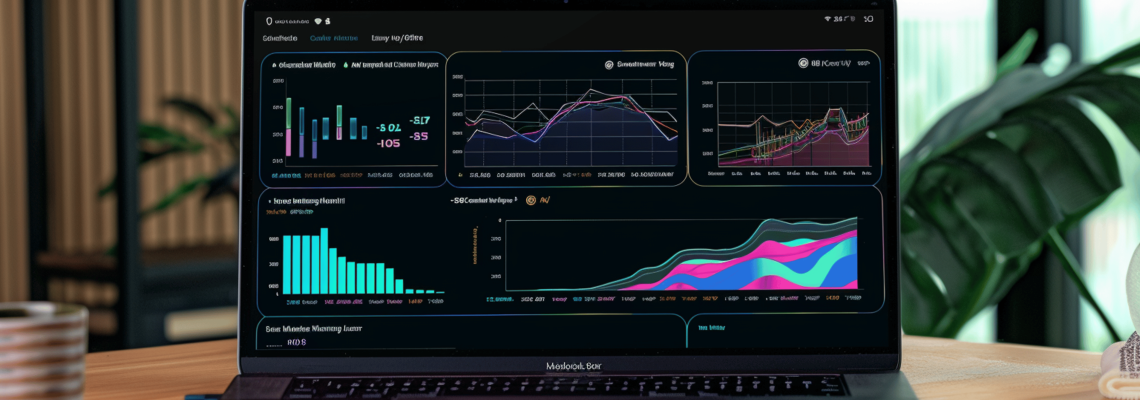Introduction
Unplanned downtime and machine inefficiencies can significantly impact manufacturing productivity and operational costs. To address these challenges, an industry leader implemented real-time condition monitoring to gain full visibility into equipment health, detect inefficiencies, and prevent failures before they occur. The result? A 20% improvement in Overall Equipment Effectiveness (OEE) and substantial cost savings.
Challenges Faced
Before integrating smart monitoring solutions, the company struggled with:
- Unplanned Downtime: Frequent equipment failures disrupted production schedules.
- Lack of Machine Visibility: Operators had limited insights into real-time machine health and performance.
- Reactive Maintenance Practices: Maintenance was performed only after failures occurred, leading to costly repairs and delays.
- Inefficient Resource Utilization: Equipment inefficiencies increased energy consumption and maintenance costs.
Solution: AI-Driven Smart Monitoring
To overcome these issues, the company deployed an AI-powered smart monitoring system that included:
- Seamless Machine Connectivity: Real-time data collection from machines of all ages and manufacturers.
- Advanced Analytics & Anomaly Detection: AI algorithms identified inefficiencies, performance deviations, and early signs of failure.
- Automated Maintenance Alerts: Alerts were triggered based on key performance indicators (KPIs) and condition thresholds.
- Predictive Maintenance Implementation: Proactive strategies replaced reactive maintenance, reducing downtime and extending equipment lifespan.
Results & Impact
The smart monitoring system led to measurable improvements:
1. 20% Improvement in OEE
- Optimized machine performance increased productivity and reduced idle time.
- Enhanced process efficiency minimized delays and disruptions.
2. 30% Reduction in Unplanned Downtime
- Early detection of anomalies allowed timely maintenance interventions.
- Preventive actions significantly reduced costly breakdowns.
3. Extended Equipment Lifespan
- Predictive maintenance strategies reduced wear and tear on critical machinery.
- Optimized asset management improved overall machine reliability.
4. Improved Cost Efficiency
- Reduced energy consumption and maintenance costs led to substantial savings.
- More efficient resource allocation improved operational performance.
Conclusion
By implementing real-time condition monitoring and AI-driven smart monitoring, this industry leader transformed their manufacturing operations. The 20% improvement in OEE and 30% reduction in unplanned downtime highlight the power of predictive insights in enhancing efficiency and cost-effectiveness.
This case study underscores the growing importance of Industrial IoT, AI-driven analytics, and predictive maintenance in modern manufacturing. As industries embrace smart monitoring solutions, manufacturers can maximize uptime, optimize asset utilization, and gain a competitive edge in the evolving industrial landscape.
Ready to optimize your machine performance? Explore the benefits of AI-powered smart monitoring today!









